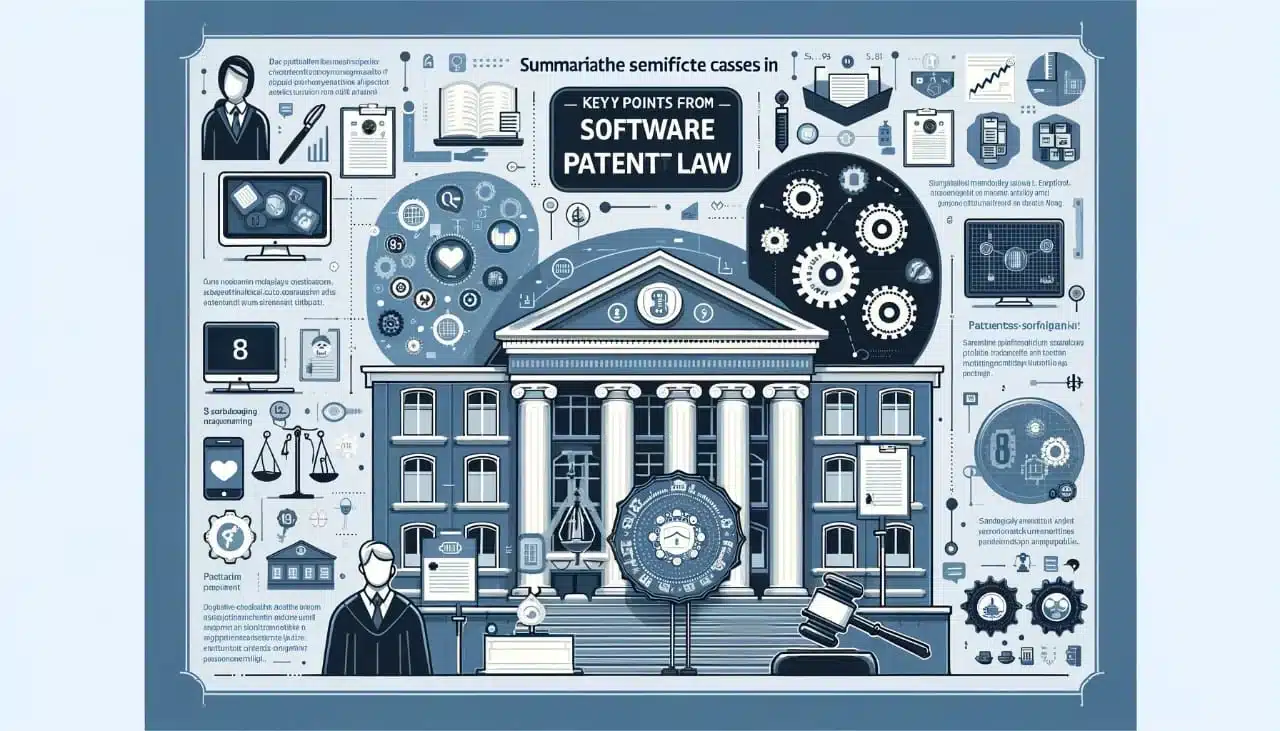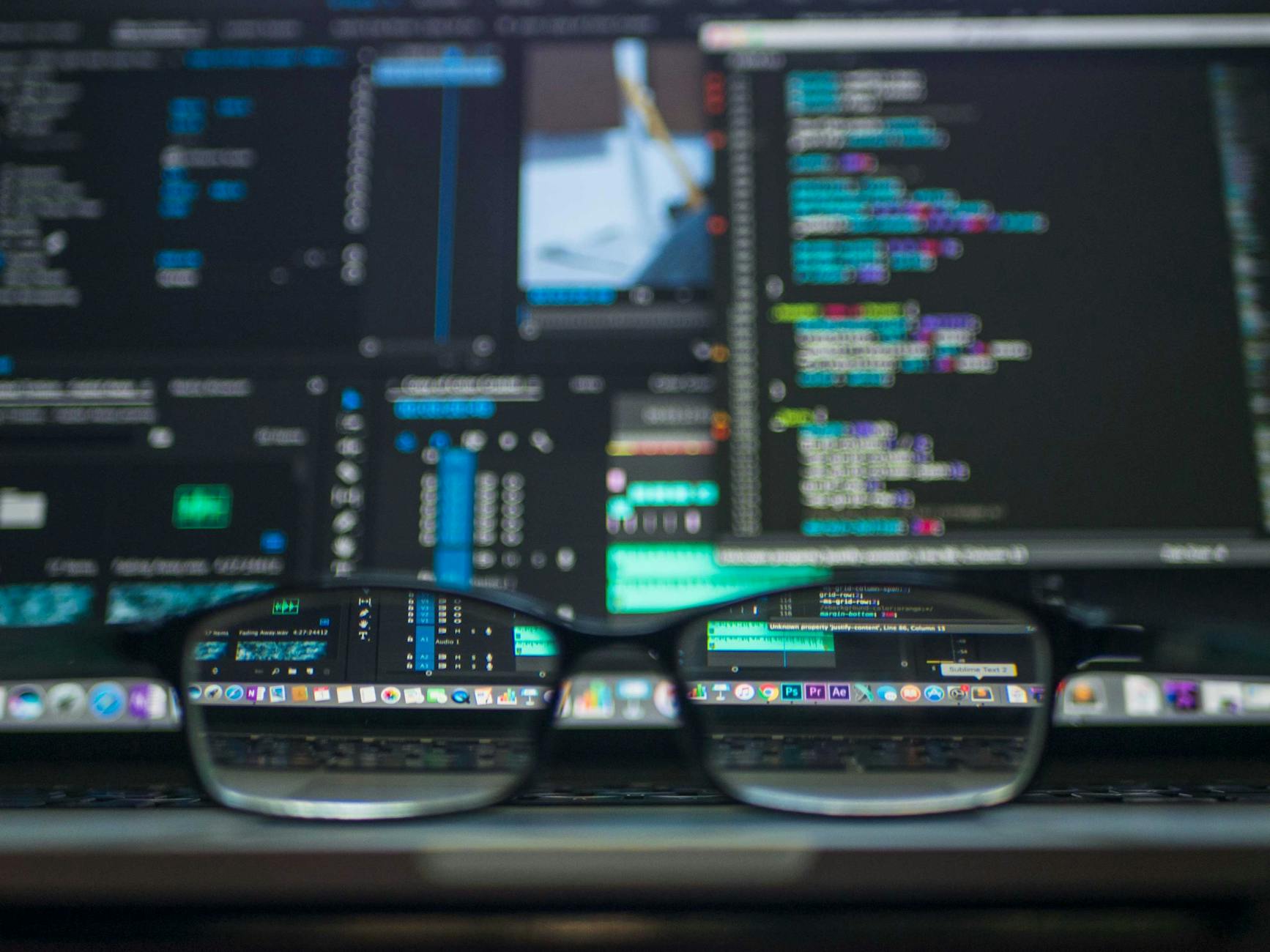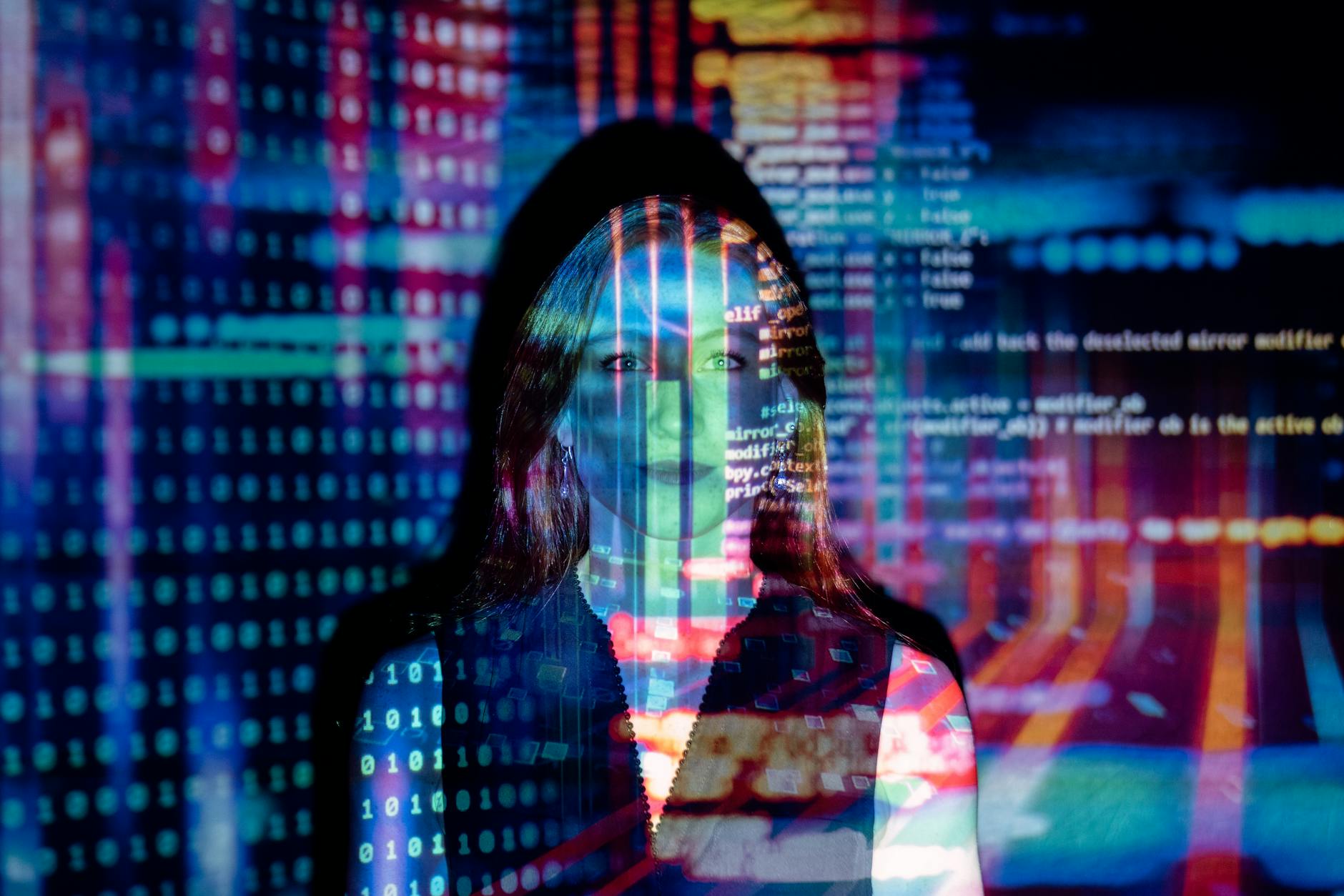With the advent of cloud computing, we're seeing the cloud-based application market projected for explosive growth. Consequently, Software as a Service (SaaS) businesses are aggressively working to safeguard their valuable intellectual assets.
So, what qualifies for software patents? Basically, software that warrants protection must be useful, novel, and provide some demonstrable utility. For example, if a program enhances computer performance or improves processing accuracy, it could be patentable, pending evaluations of its novelty and lack of obviousness.
Specific criteria govern the types of software eligible for patents. This piece will analyze Examples of patent-eligible software, and delve into the Legal test for establishing if your software is patent-worthy. If you think your software has patent potential, keep reading to discover the key requirements and consider pursuing a patent application. We trust you will find this article beneficial.
Can you actually Patent Software?
Background Information
A software license is essentially granted over a set of instructions – more precisely, code, processes, and routines. Numerous industries profit from the utility of software systems; however, these may not be patentable. Software patents protect various computer-related inventions, including code, libraries, algorithms, and user interfaces. The first ever software patent was issued on August 17, 1966, entitled “Computer Arranged For Automatic Solution of Linear Programming Problems.”
The term "computer" typically refers to a programmable machine which acts by executing instructions. These are commonly physical devices, comprised of at least one processor and memory, complemented by auxiliary devices for interacting with the computer and performing particular tasks. Occasionally, a computer may be distributed, comprising a communication network that allows multiple users access to the same system for diverse operations. When this is the case, software can potentially be patented and used for developing innovative products and services.
During the development of a computer program, people frequently wonder about the patentability of the resulting software. Though software is deeply embedded into daily routines, a novel innovation may qualify as a patentable concept if it enhances computing capabilities, reduces required computing resources for task completion, or offers a distinct solution to a problem. These innovations are suitable for patent protection, provided that they do not effectively preempt every application of the underlying concept.
Description automatically generated
Inventions within the domain of software can be patented if they resolve a problem "necessarily rooted" within computer technology. A patent is not achievable if the invention fails to solve the problem in an unexpected manner, or if the claims cover every possible application of the central idea. Below, you will discover some pointers to consider when pursuing a patent.
To qualify for patent protection, software must specifically tackle a computing challenge and positively affect the computer's operation. The technology needs to be novel, practical, and not readily obvious. The problem-solving facet of the software is the most critical factor in determining patent eligibility.

A software patent guards the core elements of your software, whether on a desktop or within the cloud, covering aspects like a program, its user interface, or associated libraries. This article outlines the steps for attaining a software patent and the kinds of ideas suitable for protection. It will also examine abstract ideas, employing algorithms to generate tangible outcomes, and reveal how software improves performance, considering speed and quality, in a distinctive manner.
Why do certain individuals harbor reservations about software patents?
Controversy over the Legal Status of Software Patents
Numerous software developers leverage the power of open-source software, and they perceive patenting software as inappropriate because it restricts their freedom in coding. An organization called End Software Patents operates under the premise that software should not be patentable, for these key reasons:
Software patents can create difficulties in standardizing software across diverse platforms, like smartphones and computers. This may cause compatibility issues.
Patents may deter, even prevent, the development of new software.
Software patents present risk for businesses, as infringement of a patent can lead to penalties. This discourages small companies from innovating, aware of the risk. Furthermore, the industry is heavily dominated by a small number of powerful companies.
Nonetheless, the available facts tend to contradict these arguments. For example, the dominance of FAANG in patent grants (consistently featuring within the top 20 patentees each year) doesn't necessarily translate into enthusiasm for patents on their part. The Phhhoto v Meta case underscores how small software startups lacking patent protection are susceptible to exploitation by larger businesses.
Software patents are considered a hindrance to innovation. Since new programs often rely on previous, patent-pending programs, and some developers fear being restricted from using their talents due to these patents. Consider a scenario where a smartphone developer may be prohibited from developing a specific kind of menu by a competitor who holds the patent for the underlying menu technology.
On the legal side, despite their prevalence, software patents are not as simple to obtain as other invention-based patents. The legal status of software patents has remained a source of contention for many years. Supreme Court decisions during the 1970s and 1980s seemed to suggest that software lacked the ability to be protected via patents. Yet, subsequent judicial rulings explicitly permitted software patents, resulting in widespread granting of such patents. However, Alice, a recent ruling by the US Supreme Court, has shown some renewed skepticism surrounding software patents. In Alice, the Supreme Court articulated a two-part test for deciding whether a software program is patentable:
Description automatically generated
Examples of software that could potentially be patented
If you're considering pursuing a software patent, you may ask: can you patent your software code? This article will clarify the requirements needed to secure a patent for your code. These requirements encompass non-obviousness and an innovative step. We will also delve into whether you can patent software utilized in a highly competitive industry. Read further to discover more! Here are some software examples that could be patent candidates: virus detection software, web interfaces, content-filtering software, video compression software, and more.
Bao
PatentPC
Making
Intellectual Property
Easier
The first phase in determining the patent-eligibility of software inventions involves determining whether the inventions are novel and exhibit a technical effect. Patent-eligible software innovations could include algorithms or computational models that perform certain operations on a computer. Additionally, the invention should incorporate all of the requisite technical components that will enable it to deliver its stated advantages. For further guidance, you can consult the United States Patent and Trademark Office (USPTO)’s Subject Matter Eligibility website.
Another critical aspect of patent eligibility involves making sure the invention doesn’t include a generic variant of an already existing product. A general software application may hold a computer program that does the job of two distinct products. Patent eligibility is defined by the unique software implementation. Some examples of patent-eligible software:
A common area where software is patent-eligible is software that boosts the speed, capacity, or safety of a computer. This is because it confers considerable functional advantage and can change the manner in which people manage their lives. By comparison, a software program that simply adds functionality to an existing product does not meet the 'abstract idea' criteria. Although the USPTO doesn't regularly reject applications that seek to patent software implementing an abstract concept. Similarly, Bilski v. CLS Bank International, et al., dealt with an abstract idea appended to an existing product by using a computer.
The second area for consideration in software patent eligibility is the application of abstract ideas. Patents for software incorporating algorithms that convert binary-coded decimal numbers into pure binary numbers would not be patent-eligible. However, the USPTO has provided recent guidance on this area, clarifying the principles in several earlier rulings. In BASCOM v. AT&T, the USPTO asserted that software claims regarding computer programs can be eligible for patent protection. The USPTO's decision emphasizes that a computer program may, in fact, be eligible, but a simple recitation does not establish it as an invention.
A current patent related to cloud computing addresses the process of updating accommodation listings in a reservation system and its software model that determines booking likelihood. Airbnb leverages a predictive computer model to assess which listings are most likely to get booked. This patent gives Airbnb the opportunity to enhance its algorithms.
Before submitting a patent application for software, developers should seek the counsel of a qualified patent attorney. It’s important to secure an attorney experienced in software patents. The features of your software that you intend to patent need to be defined. Talk over with the attorney the required modifications needed to fulfill the patent eligibility criteria. Afterward, discuss whether the features and improvements justify the patent application. If you're uncertain regarding the patentability of the software, consulting a legal expert is recommended.





Comments (0)
No comments yet. Be the first to comment!